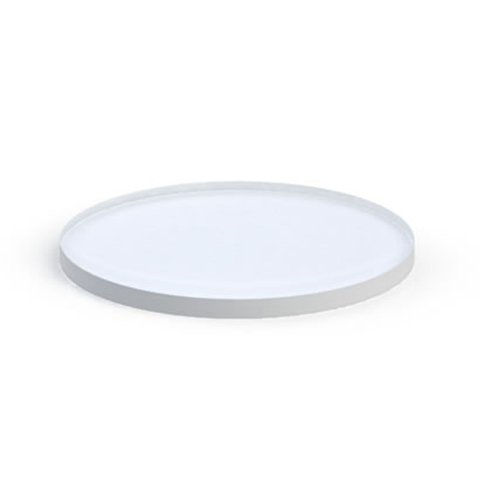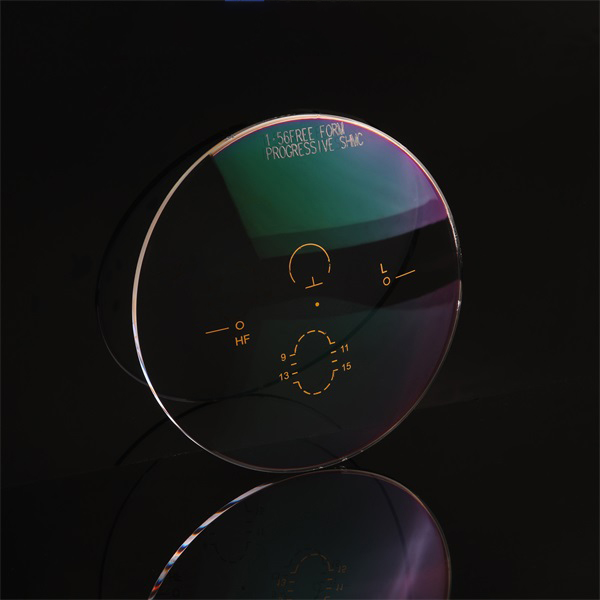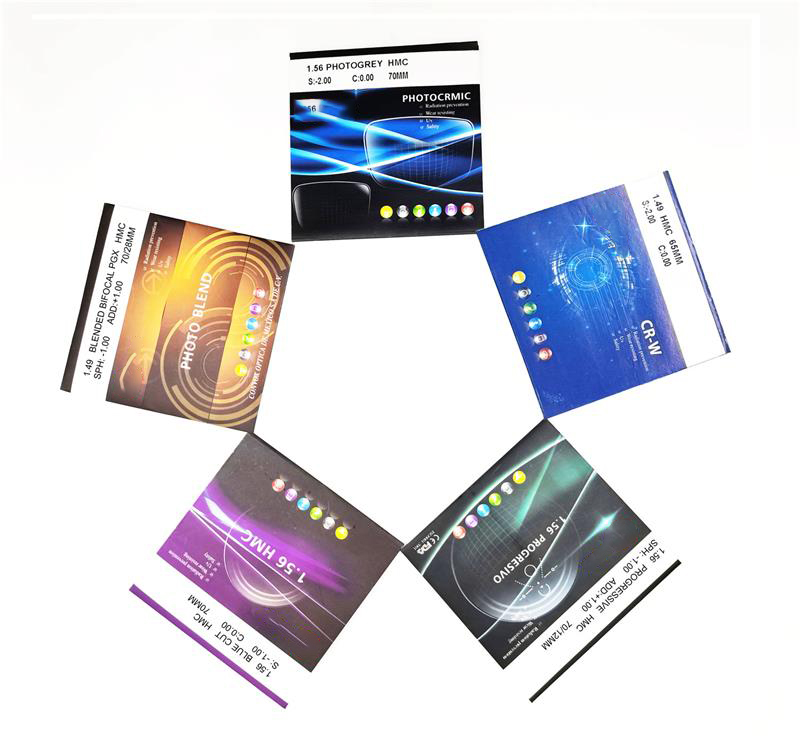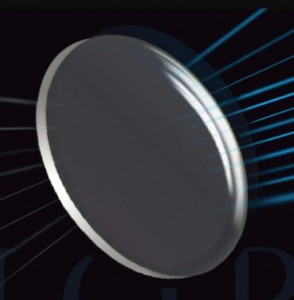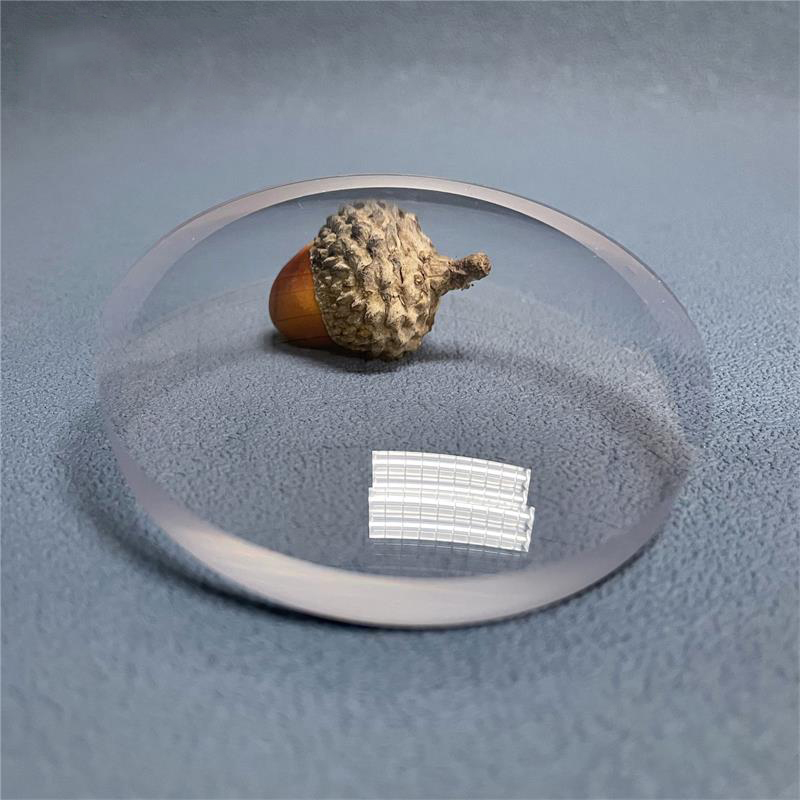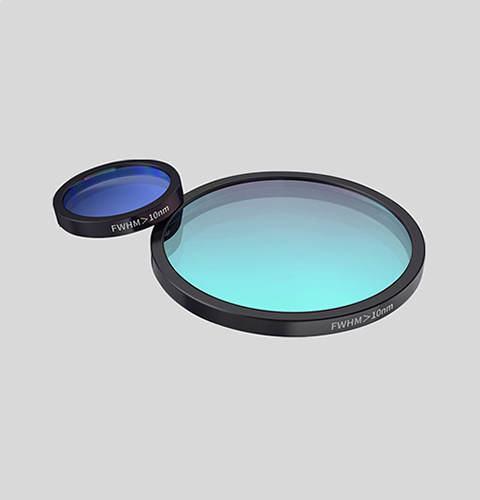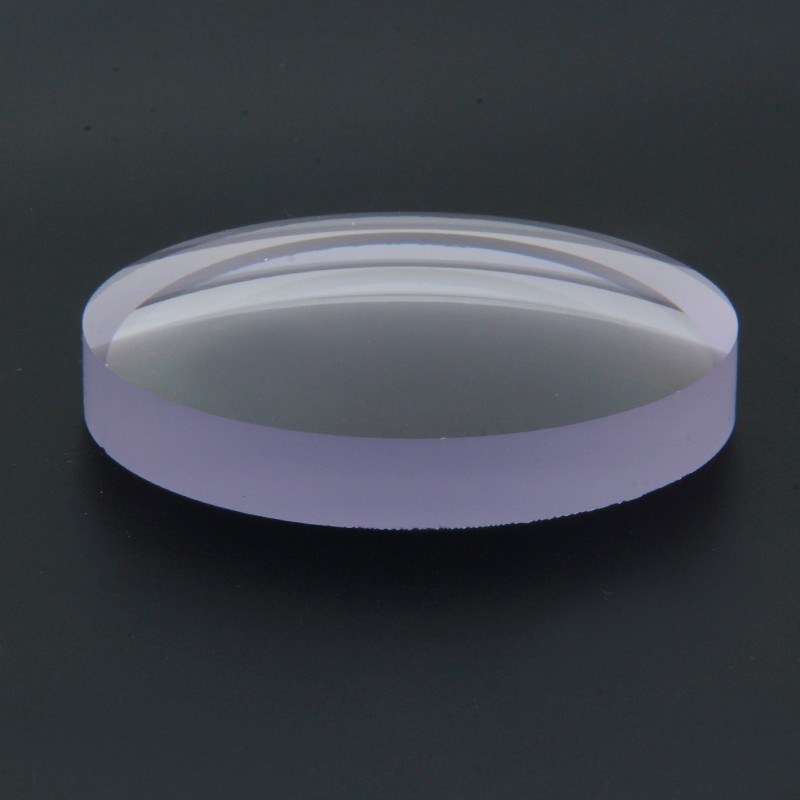Non-Polarizing Plate Beamsplitters
Beamsplitters are often classified according to their construction: cube or plate. A plate beamsplitter is a common type of beamsplitter that is composed of a thin glass substrate with an optical coating optimized for a 45° angle of incident (AOI). Standard plate beamsplitters split incident light by a specified ratio that is independent of the light’s wavelength or polarization state, while polarizing plate beamsplitters are designed to treat S and P polarization states differently.
Advantages of a plate beamsplitter are less chromatic aberration, less absorption due to less glass, smaller and lighter designs compared to a cube beamsplitter. Disadvantages of the plate beamsplitter are the ghost images produced by having light reflected off of both surfaces of the glass, lateral displacement of the beam due to thickness of the glass, difficulty to mount without deformation, and their sensitivity to polarized light.
Our plate beamsplitters have a coated front surface that determines the beam splitting ratio while the back surface is wedged and AR coated. The Wedged Beamsplitter Plate is designed to make multiple attenuated copies of a single input beam.
To help reduce unwanted interference effects (e.g., ghost images) caused by the interaction of light reflected from the front and back surfaces of the optic, all of these plate beamsplitters have an antireflection (AR) coating deposited onto the back surface. This coating is designed for the same operating wavelength as the beamsplitter coating on the front surface. Approximately 4% of the light incident at 45° on an uncoated substrate will be reflected; by applying an AR coating to the back side of the beamsplitter, this percentage is reduced to an average of less than 0.5% at the design wavelength of the coating. In addition to this feature, the back surface of all of our round plate beamsplitters has a 30 arcmin wedge, therefore, the fraction of light that does get reflected from this AR-coated surface will diverge.
Paralight Optics offers plate beamsplitters available both polarizing and non-polarizing models. Standard non-polarizing plate beamsplitters split incident light by a specified ratio that is independent of the light’s wavelength or polarization state, whereas polarizing plate beamsplitters are designed to treat S and P polarization states differently.
Our non-polarizing plate beamsplitters are fabricated by N-BK7, Fused Silica, Calcium Fluoride and Zinc Selenide covering the UV to MIR wavelength range. We also offer beamsplitters for use with Nd:YAG wavelengths (1064 nm and 532 nm). For some information on the coatings of non-polarizing beamsplitters by N-BK7, please check the following graphs fro your references.
